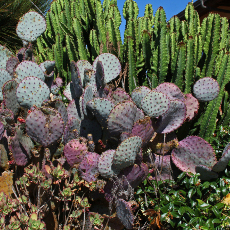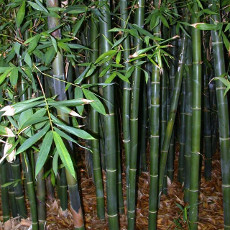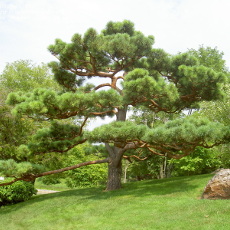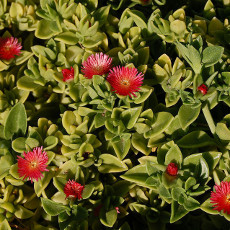Pulmonata
Slugs and Snails
Slug and snail fossils date back 500 million years. There are four main types of these mollusks: terrestrial, slug-like, freshwater and marine, for a total of over 60,000 species. Air-breathing snails and slugs have two pairs of tentacles on their head and lungs instead of gills. One pair of tentacles holds their eyes, and the other is used for smelling. Snails are distinguished from slugs by their shells. They are found worldwide but are most common in tropical reasons. Most snails feed on live or decayed plant matter, although some will also eat earthworms. Slugs are more likely to be agricultural pests than snails. They attack plants are host parasites that can effect humans and domestic animals. Snails are consumed by humans, but they must be cooked properly to avoid parasites and diseases such as meningitis.


























































































